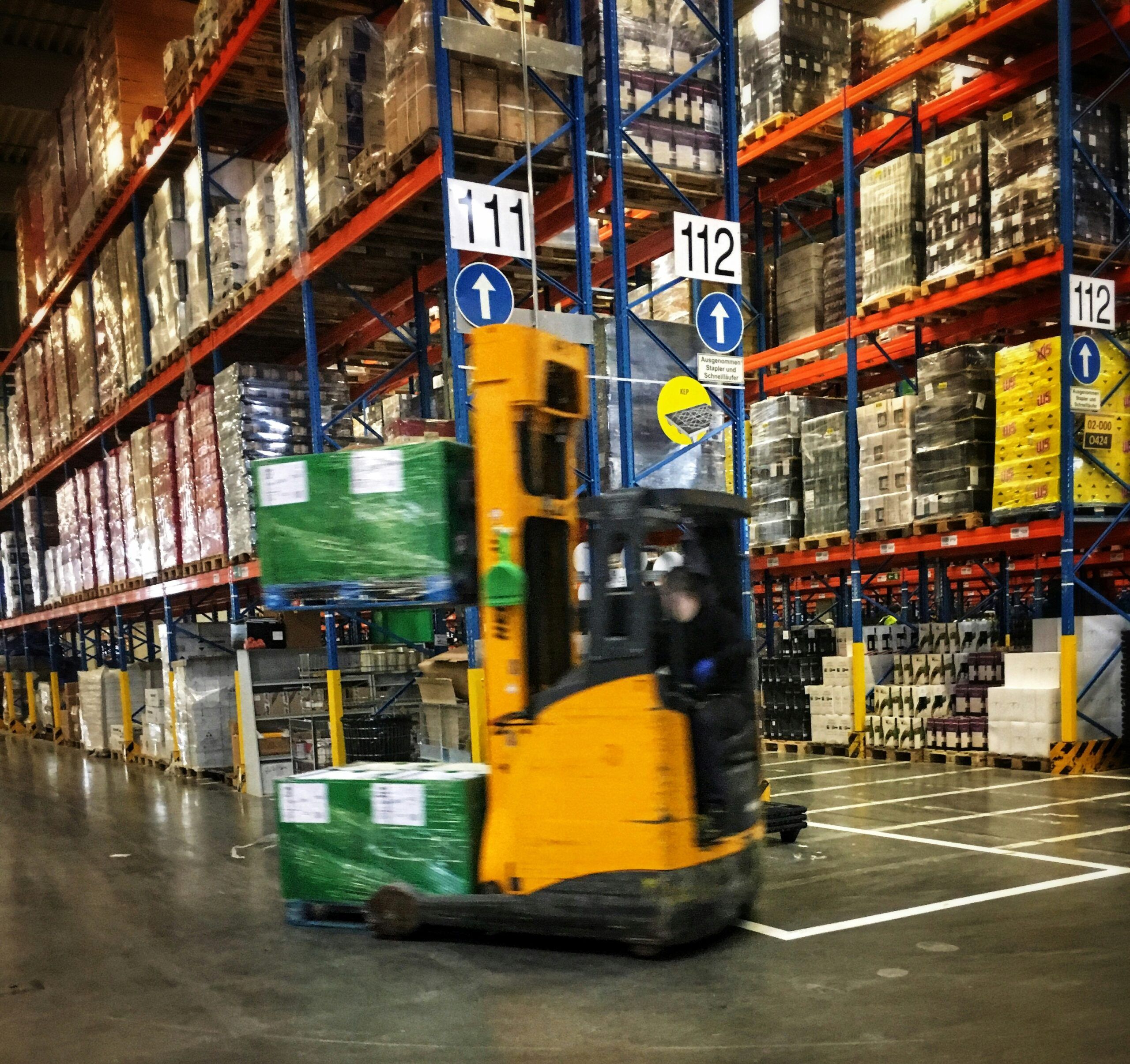
What is smart warehousing and how does it utilize technology?
Smart Warehousing is the incorporation of cutting-edge technologies and automated solutions within the operations of warehouse to boost efficiency, accuracy and speed in the management of the inventory, storage and distribution process.
Some of the significant features of smart warehousing are
- Automation: Smart warehouses employ automation through the state-of-the-art technologies that include robots, automated guided vehicles, automated storage and retrieval systems.
- Internet of Things- Smart Warehousing employs IoT devices to track and manage the inventory. The RFID tags provides real-time data on location, inventory levels and conditions to facilitate better inventory control.
- AI and ML: Smart warehouses employ artificial intelligence and machine learning to predict trends, analyze data, and optimize warehouse operations.
- Data analytics: The warehouse use data analytics to make informed decisions.
- Cloud Computing: Integrating cloud computing allows smart warehouses to effectively manage and access centralized data.
- Integrated system: The facility features integrated management systems that blend WMS, ERP and TMS to streamline its operations.
- Energy management: Smart warehouse focus on sustainability by optimizing energy use. It uses eco-friendly measures that include smart lighting, energy efficient robots, and climate control systems to reduce the ecological impact of ware house operations.
- Advanced material handling: It uses advanced material handling systems that are flexible, adaptive and capable of handling diverse types of goods efficiently.
What services do 3PL warehouses typically offer?
The cutting-edge technology benefits smart warehouses in following ways-
Technology plays a significant role in enhancing the efficiency, effectiveness and accuracy of smart warehouses. The integration of various technologies provides many benefits that streamline operations and improve both cost-effectiveness and service quality.
- Enhanced efficiency and productivity: Automated techniques perform repetitive tasks faster and more accurately than human staff, increasing operational efficiency. The algorithms optimize the picking routes and warehouse layouts minimizing the travel time and speeding up the picking process.
- Increased accuracy: The advanced scanning and tracking system of the smart warehouse reduce the human errors in inventory management system. It ensures accurate entry of data and tracking of goods in the warehouse.
- Improved inventory management: Real-time tracking of inventory using IoT device allows for continuous monitoring of stock levels, conditions and locations ensuring inventory is well managed and up-to-date. Integrating with WMS and ERP systems ensures seamless inventory management even across multiple warehouse locations.
- Reduce cost: Automation in smart warehouses minimizes the need for manual labor that reduces the labor costs. Furthermore energy-efficient management through climate control system and smart lighting reduce the utility costs and ecological impact.
- Enhanced safety: Smart warehouses have advanced surveillance systems, bio-metric access or RFID to enhance security. Secured cloud storage and advanced cyber security measures also strengthen data security.
- Informed decision making: The cutting-edge automation in smart warehousing provide deep insights into operations, customer behavior, market trends and support informed decision making. The real-time data and analytics help managers to make strategic decisions easily.
- Customer satisfaction: Faster processing and delivery times blended with efficient warehouse operations result in quick turnaround times for customer orders. Improved accuracy in inventory and order fulfillment leads to less errors in shipments boosting customer satisfaction.
- Safety improvements: Smart warehouse promote safer working environment as automation in heavy lifting and hazardous areas minimize the risk of injuries. Also environmental monitoring ensures harmful materials are stored and handled properly to avoid accidents.
Smart warehouses optimize the logistics and supply chain operations and drives innovation, support eco-friendly practices and boosts competitive advantage.
FAQs
What are smart warehouses?
Smart warehouses are technically advanced facilities that use automation, data analytics and IoT to optimize inventory management and streamline operations.
What automated technologies are used in smart warehouse?
Artificial Intelligence, Machine Learning, IoT, Data analytics, Cloud computing are some of the significant automated technologies used in smart warehouse.
What is the benefit of smart warehousing?
Smart warehousing boosts operational efficiency, accuracy, and cost-effectiveness through advanced automation and real-time data analysis.